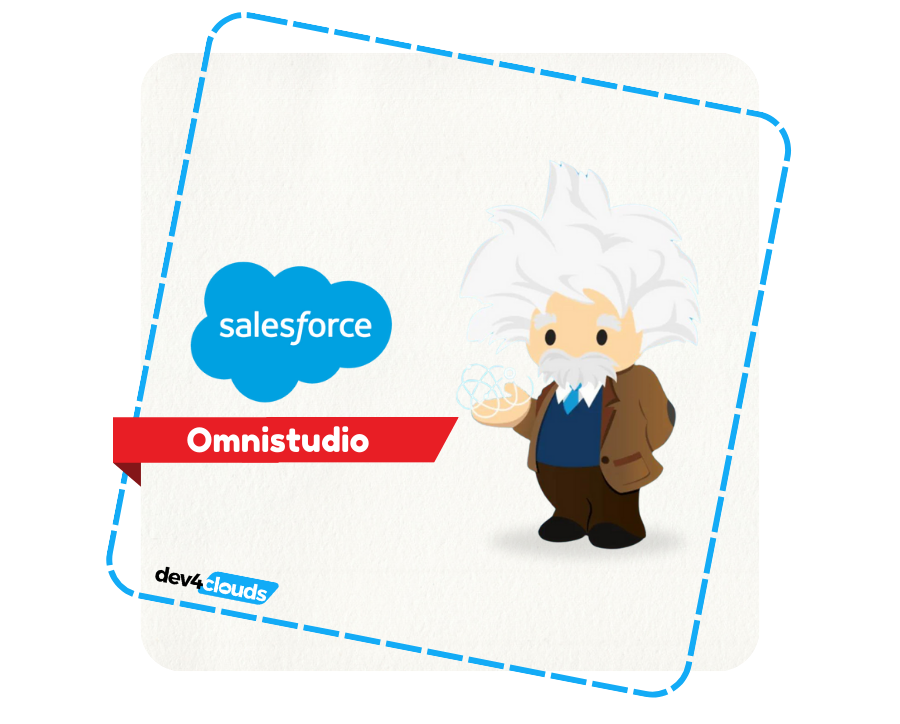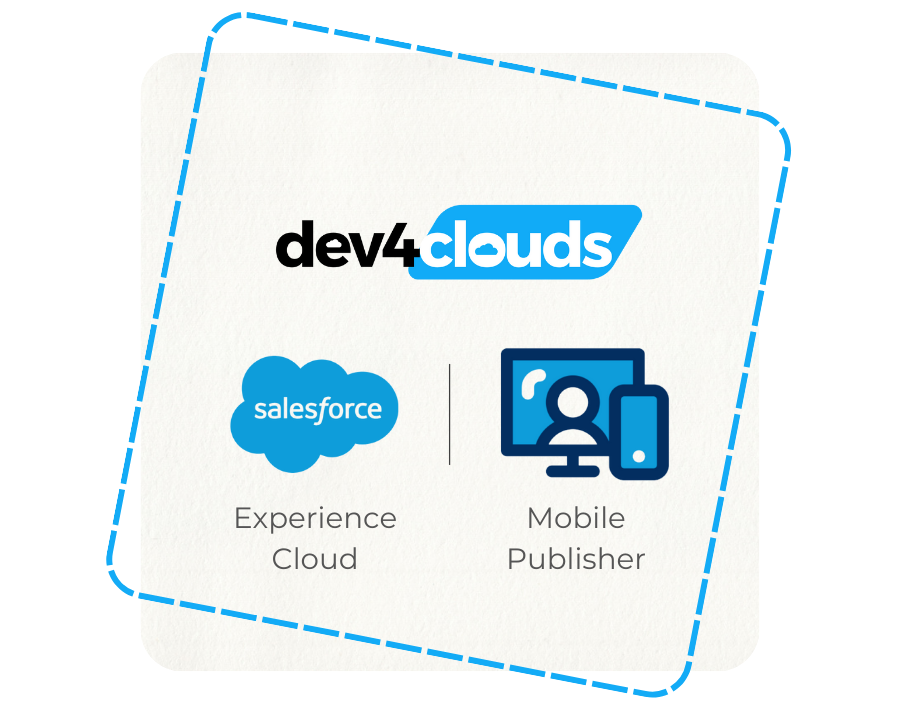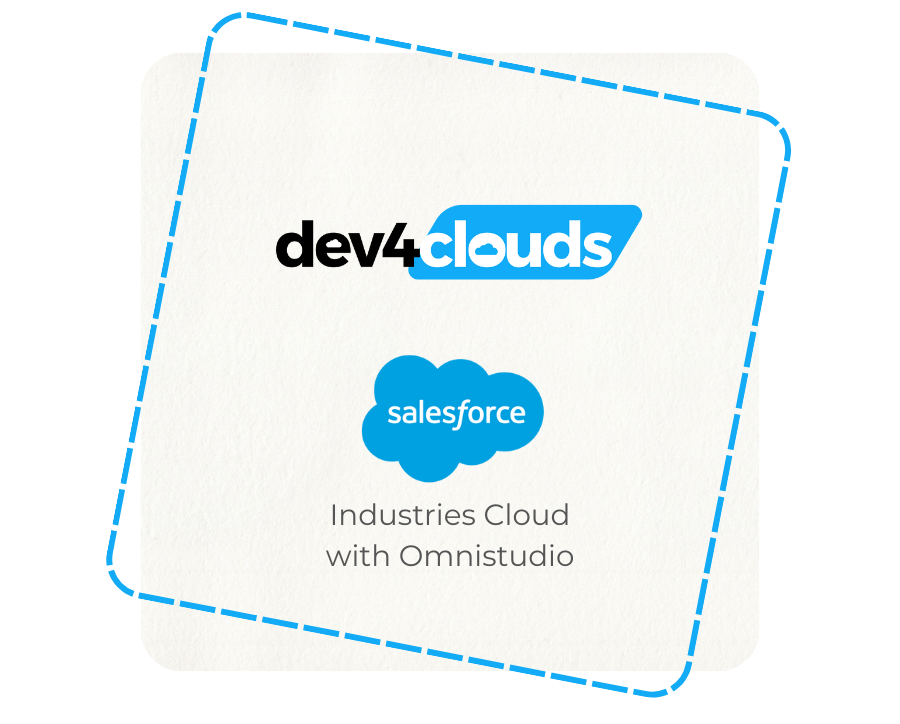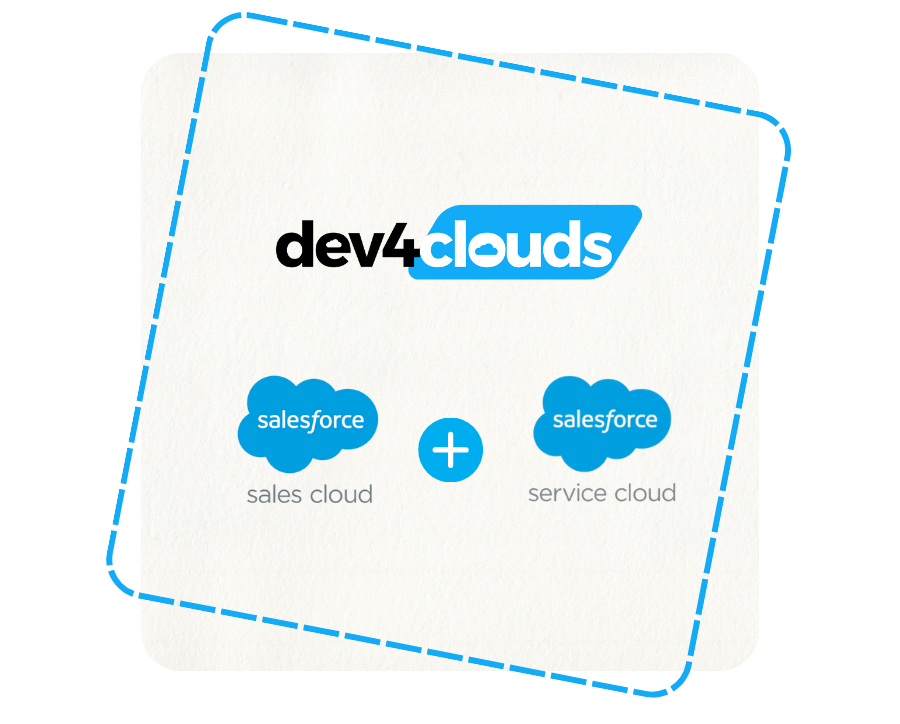Effective naming conventions are foundational to maintaining consistency, clarity, and efficiency within any Salesforce implementation. In the context of OmniStudio, where reusable components such as OmniScripts, Integration Procedures, and DataRaptors (DataMappers) play a crucial role, a standardized approach to naming ensures seamless collaboration, streamlined development, and ease of maintenance. This article outlines best practices for naming conventions, focusing on avoiding redundancy, enhancing readability, and reducing the risk of errors associated with overlapping names or unclear designations.
Naming Convention Guidelines
This article aims to establish a unified naming convention for various clouds within Salesforce Industries. A standardized naming protocol is critical for minimizing errors related to reusable components—such as OmniScripts, Integration Procedures, Data Mappers and Flex Cards — that may otherwise share identical names. By adopting these conventions, users can enhance clarity and ensure easy identification and understanding of each object and its purpose.
Consistency in naming and coding is essential to avoid duplication of logic and code. As a best practice, differentiation should be avoided unless necessary, and clear descriptions or specifications should always accompany component names.
For OmniScripts, Integration Procedures (Type and Subtype), and DataRaptors (API Name), it is essential to refrain from using underscores (_). Following this convention ensures uniformity and reduces confusion when working with these standard objects.
Naming conventions of main objects
The name of the main object (OmniScripts, DataRaptors, Integration Procedures and FlexCards) will be as follows:<object type code><functional description> where
- <object type code> will depend on the object type (see table below)
- <functional description> will be a brief description of the functionality covered by the object
| Object | Object Type Code |
| Integration Procedure | IP |
| OmniScript | OS |
| DataRaptor Extract | DRE |
| DataRaptor Post | DRP |
| DataRaptor Transform | DRT |
| Decision Matrix | DM |
| Expression Set | ES |
| Flex Card | FC |
| Flyout | FO |
*Note that it is important that names do not contain spaces..
SFI Object Elements
In “OmniScript Designer” and “Integration Procedures” each object must have a unique identifier to ensure that every element name is distinct. While Salesforce Industries (SFI) enforces uniqueness within an OmniScript, it does not validate uniqueness across other OmniScripts, which can lead to issues when OmniScripts are reused. To prevent such conflicts, a consistent naming format is required for single object elements in OmniScripts and Integration Procedures.
The naming convention for these elements is as follows:
<element type code>_<attribute code><suffix (if required)>
<element type code>: A concise functional description of the element, without spaces.<attribute code>: A reference to the attribute to which the field delivers data.<suffix (if required)>: An optional addition used in cases where the attribute may refer to multiple objects or accounts (e.g., name, address, etc.).
By adhering to this naming structure, you can ensure clarity, consistency, and interoperability when designing and managing OmniScripts and Integration Procedures.
The following table shows structure element type codes to be used:
| Element | Structure Element Type | Structure Element Type Code |
| Actions | Expression Set Action | ES |
| DataRaptor Extract Action | DRE | |
| DataRaptor Post Action | DRP | |
| DataRaptor Transform Action | DRT | |
| Delete Action | DEL | |
| DocuSign Envelope Action | ENV | |
| DocuSign Signature Action | SIGN | |
| Done Action | DONE | |
| Email Action | ||
| HTTP Action | HTTP | |
| Integration Procedure Action | IP | |
| Intelligence Action | INTL | |
| List Action | LIST | |
| Decision Matrix Action | LU | |
| OmniForm | OmniForm | |
| Navigation Action | NAV | |
| PDF Action | ||
| Remote Action | RA | |
| Response Action | RES | |
| Review Action | RVW | |
| Set Errors | ERR | |
| Set Values | SV | |
| Submit | Submit | |
| Display | Line Break | BRK |
| TextBlock | TB | |
| Functions | Aggregate | Aggr |
| Formula | FRML | |
| Geolocation | GEO | |
| Messaging | MSSG | |
| Groups | Block | Blck |
| Action Block | AB | |
| Edit Block | EBlck | |
| Radio Group | RGrp | |
| Step | STP | |
| Type Ahead Block | TYP | |
| Cache Block | CACHE | |
| Conditional Block | COND | |
| Try Catch Block | TRYCA | |
| Inputs | Checkbox | CHK |
| Currency | CUR | |
| Custom Lightning Web Component | LWC | |
| Date | DAT | |
| Date/Time | Date/Time | |
| Disclose | Disclose | |
| File | File | |
| Filter | Filter | |
| Image | IMG | |
| Lookup | Lookup | |
| Multi-select | Mselect | |
| Number | NUM | |
| Password | Pass | |
| Radio | RAD | |
| Range | Range | |
| Select | SEL | |
| Signature | SIG | |
| Telephone | Phone | |
| Text | TXT | |
| Text Area | TA | |
| Time | TIME | |
| URL | URL |
Why Naming Conventions Matter | Key Takeaways
Establishing a robust naming convention at the start of every Salesforce Industries (SFI) project is a best practice that ensures consistency and clarity from the outset. By defining these standards early, teams can avoid confusion, reduce errors, and create a strong foundation for seamless collaboration and scalability throughout the project lifecycle. This proactive approach also supports the reusability of components like OmniScripts and Integration Procedures, enabling smoother integrations and more efficient maintenance in the long term.
Adopting standardized naming practices helps reduce errors, streamline development, and enhance the reusability of components. A well-defined naming strategy not only simplifies collaboration but also ensures long-term scalability and maintainability, enabling organizations to leverage the full potential of OmniStudio with confidence and precision.
At Dev4Clouds, we simplify Salesforce for businesses, helping you navigate licensing options, optimize costs, and unlock its full potential. Ready to get started?
Schedule your free consultation here and let’s discuss how we can help your business thrive with Salesforce.










